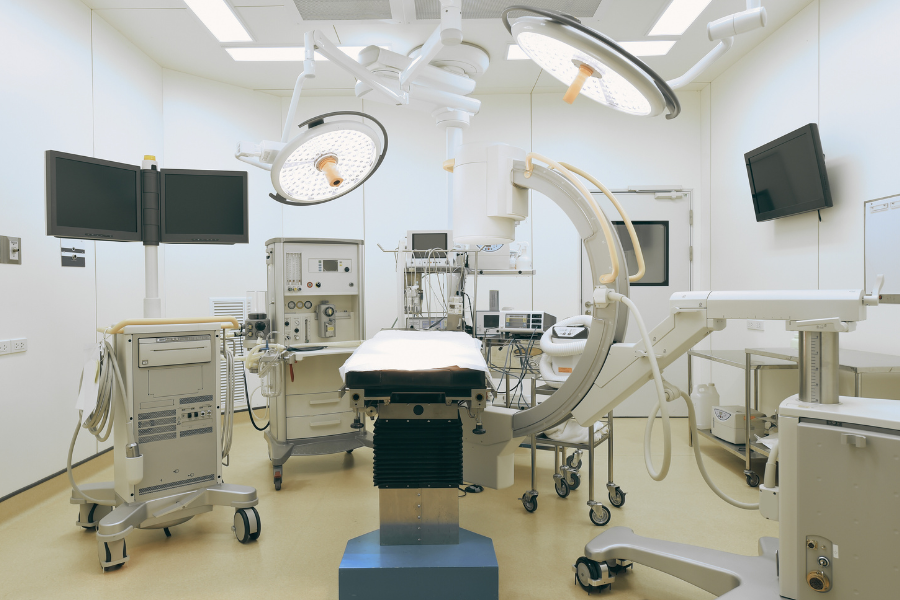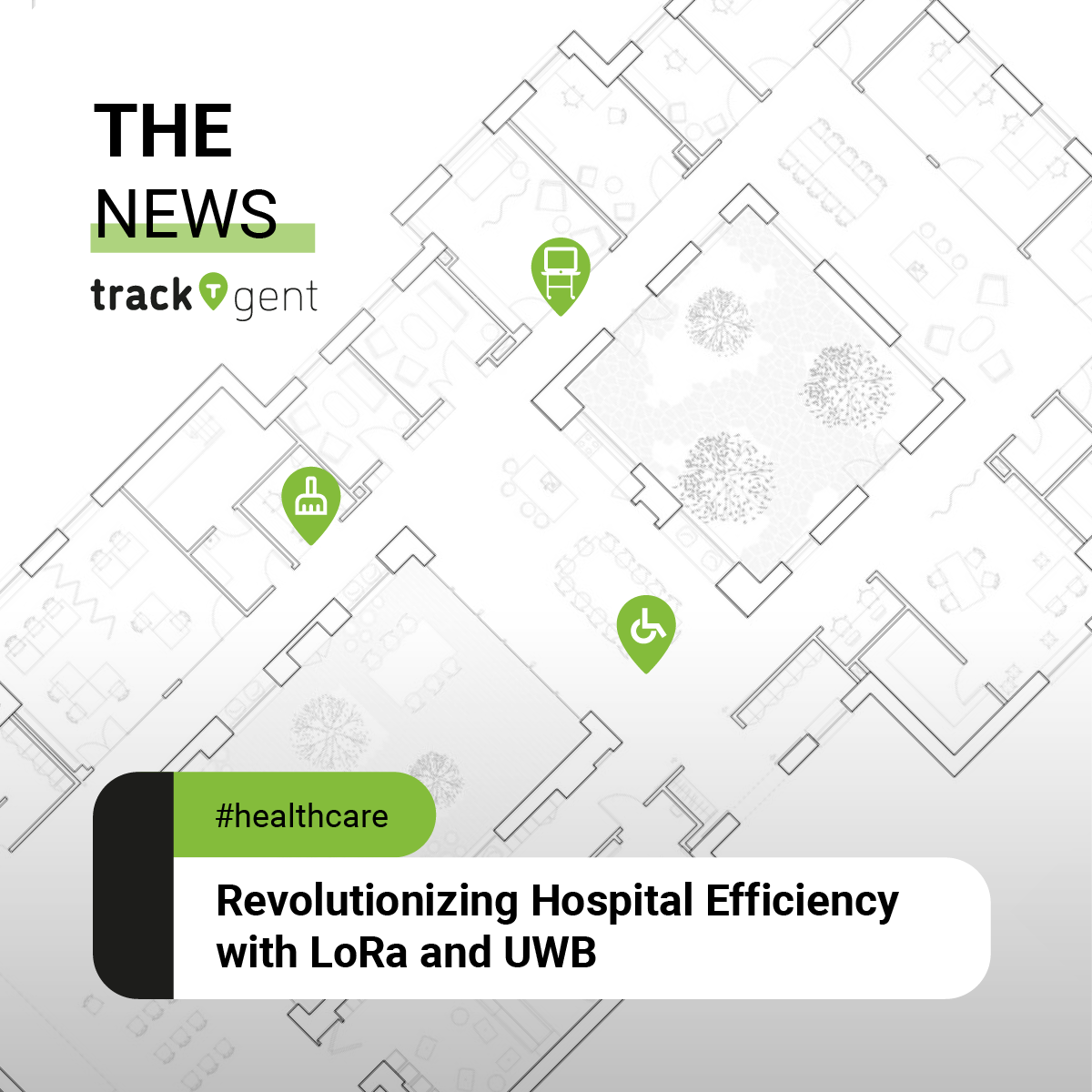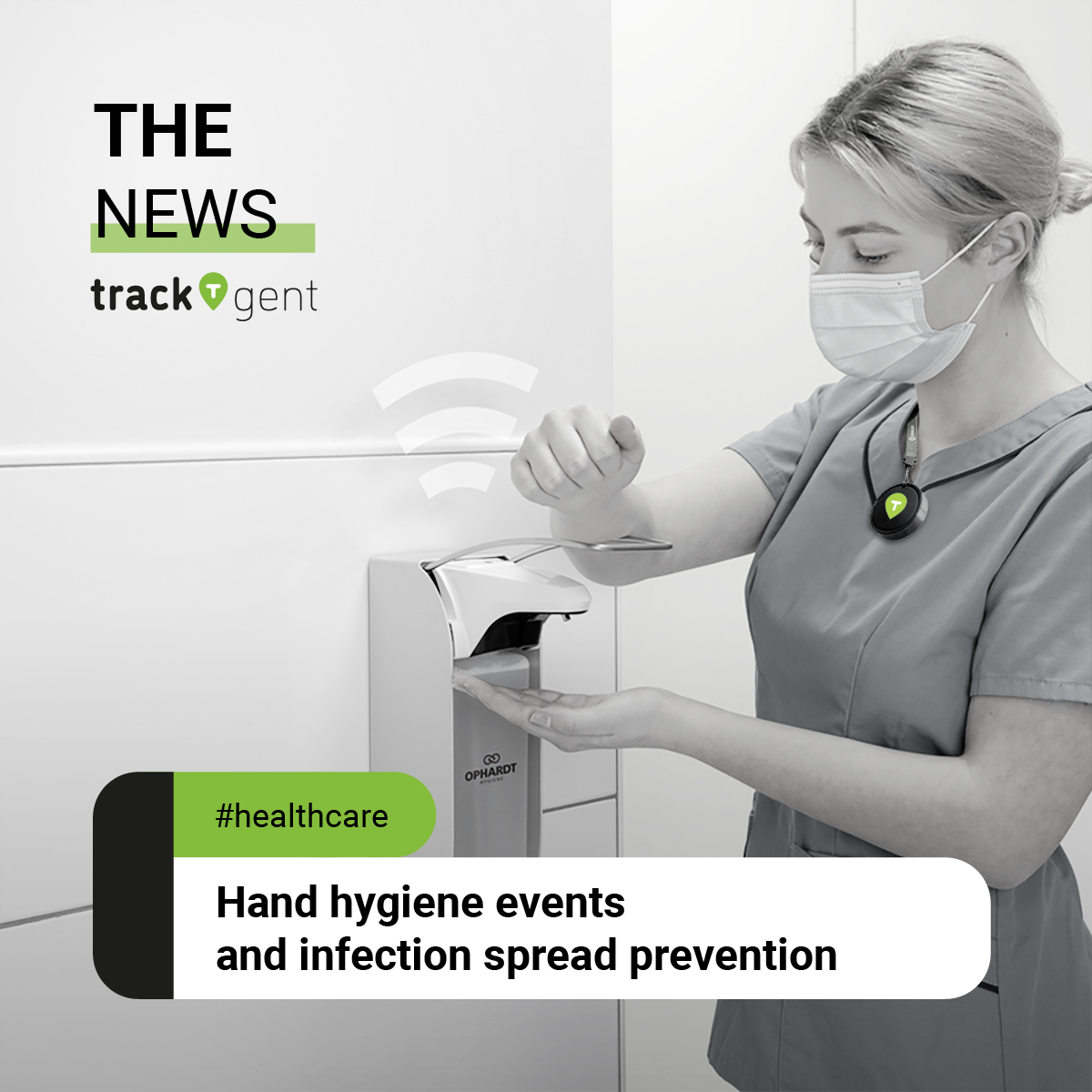Compliance with health and safety regulations of medical devices is the basis of well-functioning quality management systems in healthcare. These principles are important primarily because of the direct impact they have on the health and lives of patients. Improper use or sterilization of medical devices can lead to infections, and other complications that can endanger patients’ life and lead to long and costly litigation.

The importance of these principles is reinforced by numerous directives, standards and guidelines that are published by the world’s major standardization bodies. These include:
- European Union Directives – In the EU, there are directives that specify the safety and hygiene requirements for medical devices, including the Directive: 93/42/EEC (on medical devices);
- ISO standards – The International Organization for Standardization has developed a number of standards for the safety and hygiene of medical devices, including: ISO 13485 (quality management system for medical device manufacturing), ISO 14971 (medical device risk assessment) and ISO 17664 (sterilization of medical devices);
- FDA guidelines – The U.S. Food and Drug Administration develops guidelines for medical device safety and hygiene, including guidelines for sterilization, protection against infection and appropriate labeling of medical devices;
- WHO guidelines – The World Health Organization publishes guidelines on medical device safety and hygiene, including guidelines on infection prevention, sterilization and disinfection of medical devices.
Even though the guidelines are well defined, many healthcare organizations face challenges while implementing them. Some of the key factors that create those challenges are:
- Large number of devices – hospitals usually have a large number of medical devices that need to be identified, described and assigned to the appropriate departments or divisions;
- Variety of devices – many different medical devices are used in hospitals, and each may require different inventory methods; these devices are often very complex and require specialized knowledge, so it is difficult to assign responsibility for their inventory to one person;
- Frequent movement of equipment – in hospitals medical devices are often used by multiple departments, making it difficult to control their location and condition;
- Lack of consistent inventory system – some hospitals lack a consistent medical device inventory system, which can lead to data inaccuracies and errors.

A consistent inventory system is therefore a key tool for compliance with medical device health and safety regulations and its performance directly affects the efficiency of medical personnel. Here are three simple methods to improve the efficiency of such system:
1. Provide always up to date, precise location data for the inventory system
Knowing the exact location of a wheelchair, insulin pump or ultrasound machine allows to increase personnel productivity otherwise wasted on looking for the equipment. It is estimated that implementing an RTLS system such as Trackgent can improve medical asset utilization by up to 30% and as a bonus improve security by preventing theft and loss of medical devices.
2. Provide a quick view of device status
The status can include a range of information such as warranty status, date of next inspection, etc. However, the most important is disinfection status. If you combine the location knowledge offered by Trackgent system with the disinfection status data, you will prevent mistakes carrying the risk of hospital infections and optimize the disinfection process itself.
3. Provide data for business analytics
In the inventory area, data analysis is a key tool that can generate savings for medical facilities – savings related to utilization. Thanks to the information provided by Trackgent system on the historical location of medical devices within hospital premises, it is possible to estimate the % of its utilization. Such data enables optimization of purchasing and leasing processes and can generate real savings by identifying devices that can be reused or sold, reducing storage costs, etc.
Feel free to contact us if you would like to learn more about how Trackgent system can improve the efficiency of your hospital’s inventory process.


